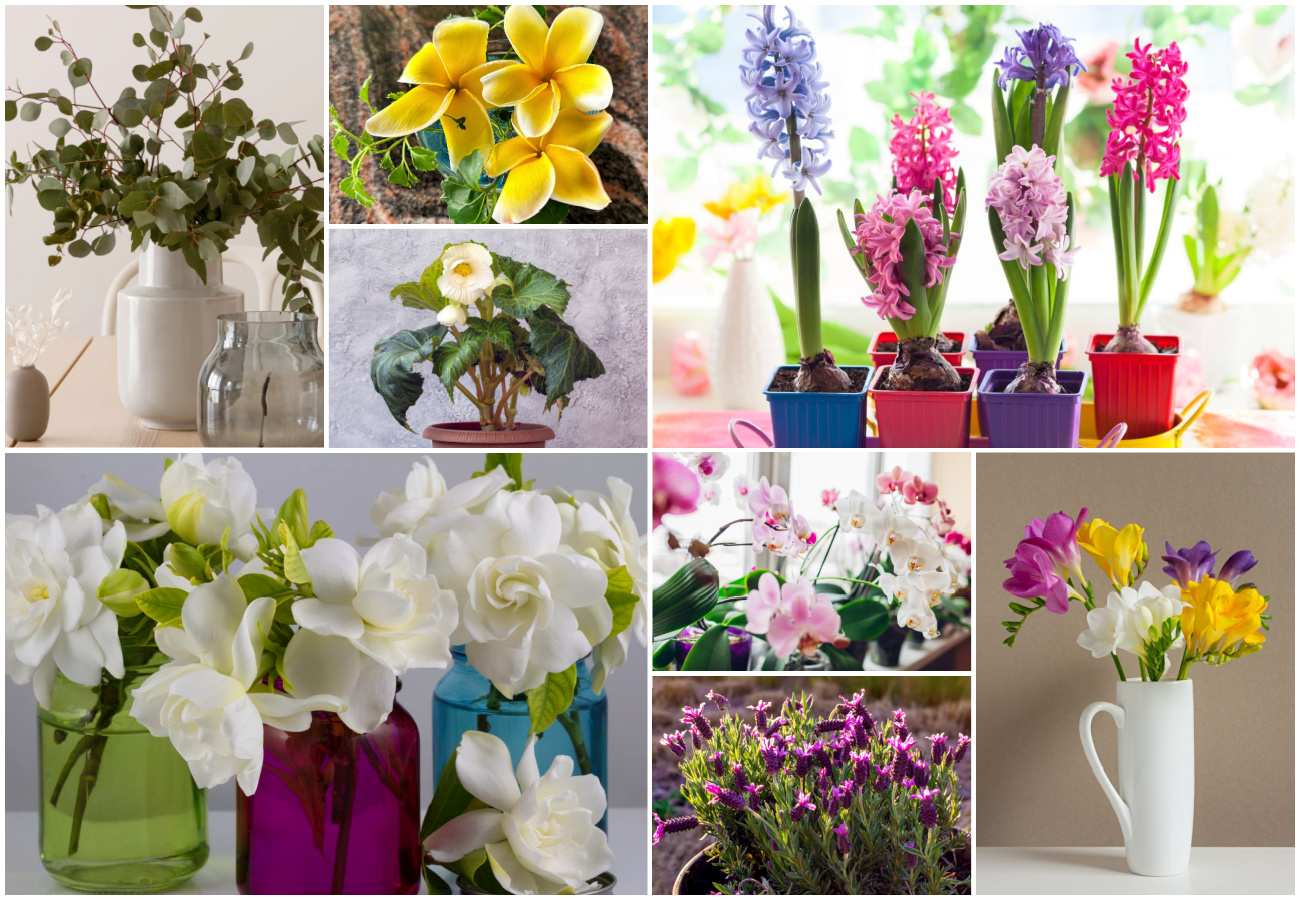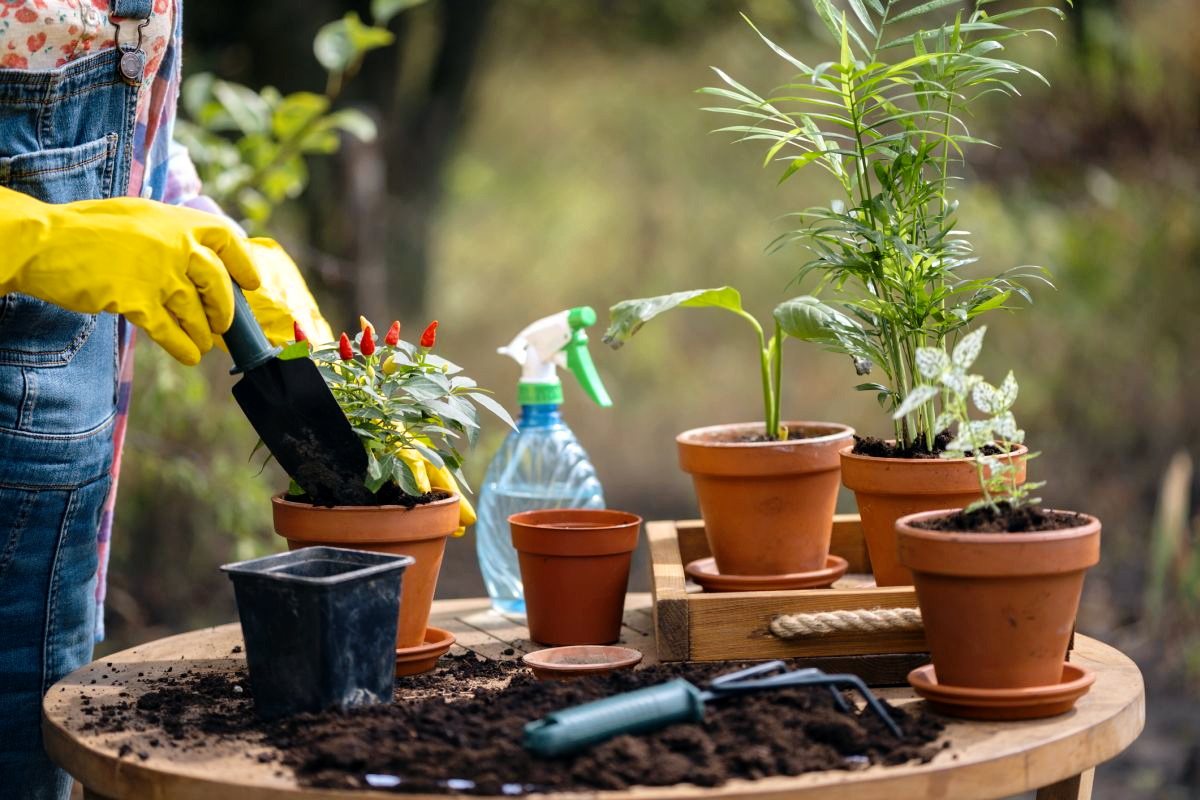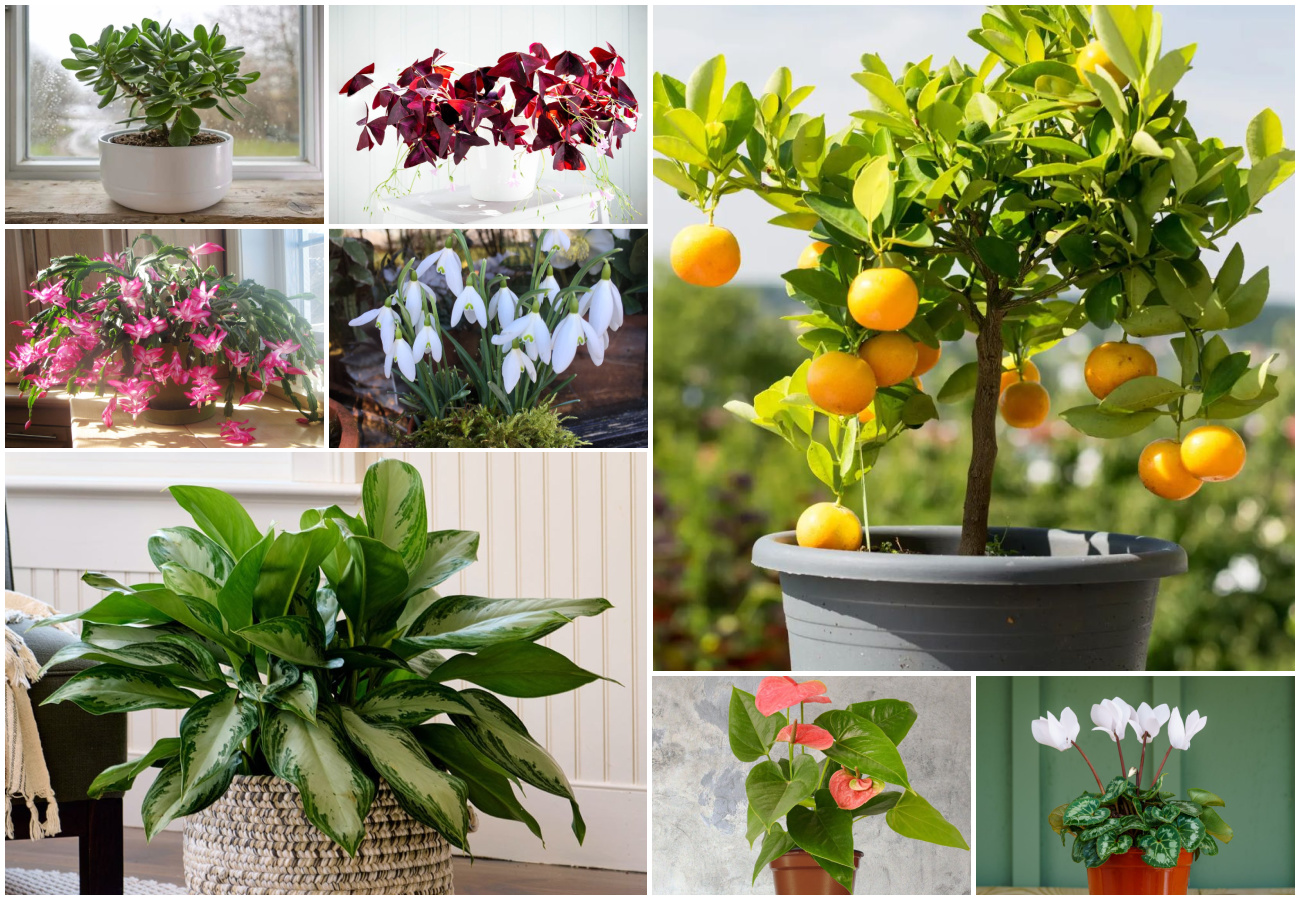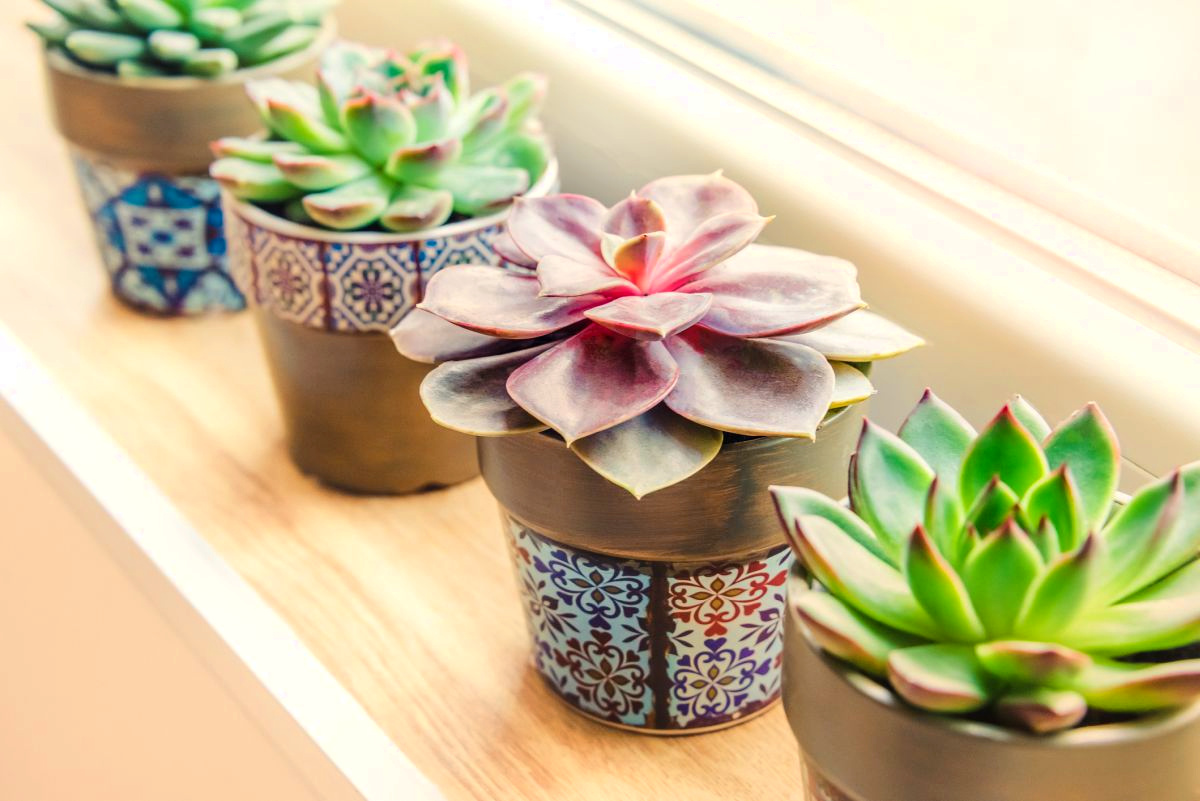The Rebutia cactus is native to South America. Also known as the Crown cactus, this species is considered more delicate than other cacti varieties. Still, it is easy to grow and easily propagated by the many seeds the plant produces.
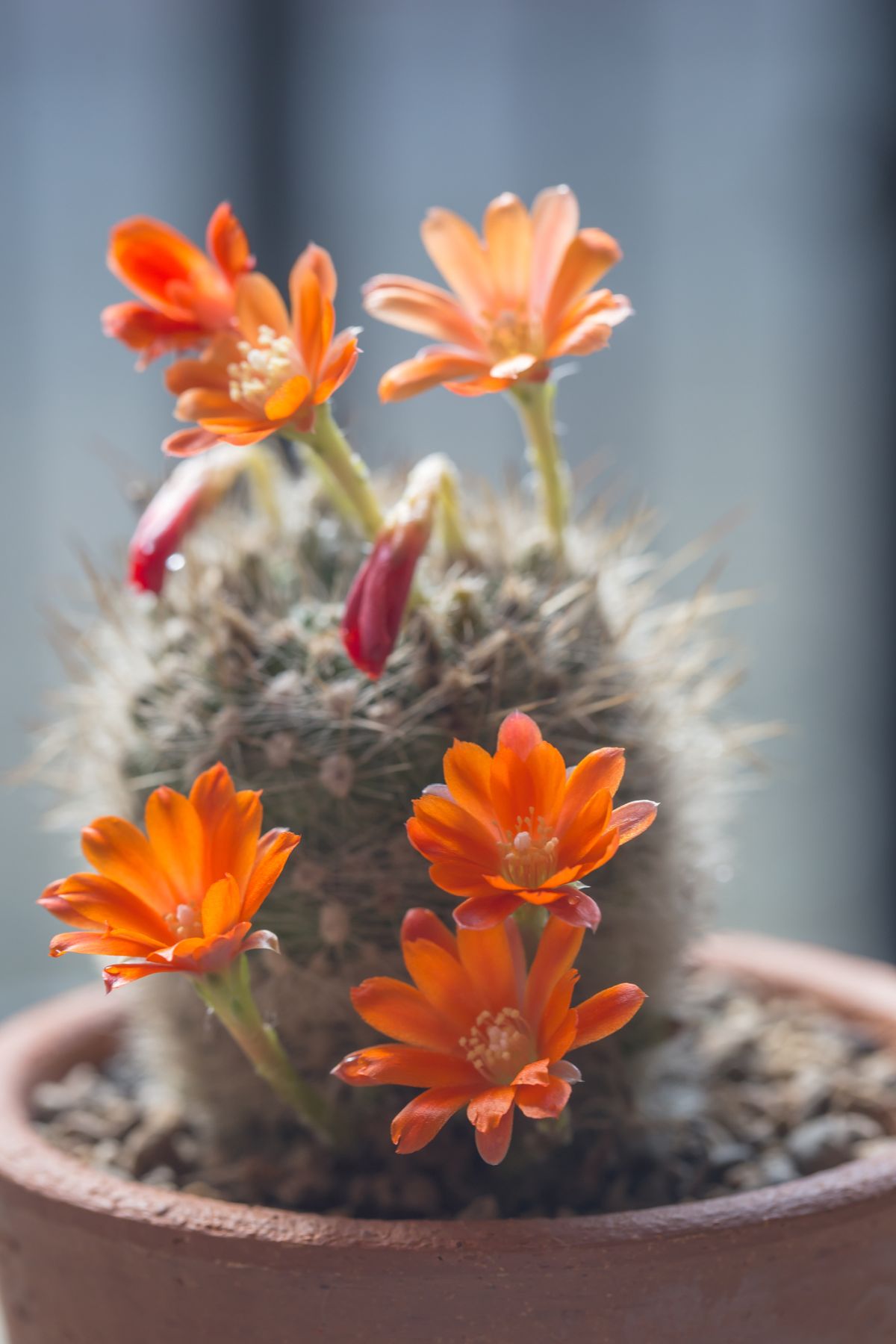
Rebutia Cactus Appearance
The Rebutia cactus has a globular shape and typically remains small in size. The Crown cactus has tubercles instead of ribs that it uses to store water. The plant grows tiny thorns of white, yellow or brown. The blooms, which grow out from the base of the cactus, are large compared to the plant. Flowers appear in spring and summer with colors of pink, red, yellow, or orange. Instead of waiting years for your cactus to mature and bloom, the Rebutia often blooms in as little as two to three years.
Rebutia Cactus Light Requirements
The Rebutia cactus genus has multiple hybrid species, so sunlight requirements will depend on your specific variety. For most species, bright, indirect sunlight works well. Three to four hours of bright sunlight exposure per day is a good starting point. Move your cactus to different light exposure if fading or dropping occurs These are both signs of incorrect sun exposure.
Water Needs
Practice the soak and dry method when watering your Crown cactus. Water the cactus once the soil feels dry and soak the soil until the water runs through the drainage holes. Pour out excess water collected in the drip tray. Placing a layer of fine gravel at the bottom of the plant, before the soil, helps speed drainage and aids in root health.
Temperature and Humidity
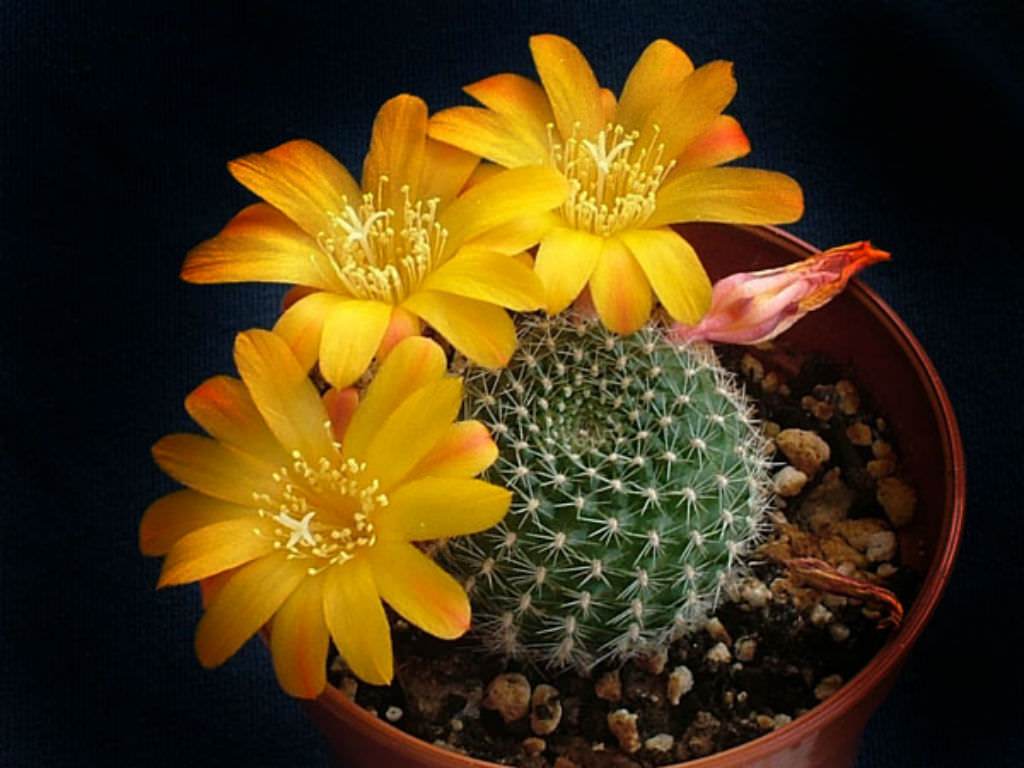
Provide temperatures between the high 60s Farenheit (19 to 20 degrees Celsius) to low 70s Fahrenheit ( 21 to 22 degrees Celsius) for optimal growth. The Rebutia cactus is a mountain species and does not tolerate high temperatures for extended periods. Keep humidity levels low, between 40 to 50 percent. High humidity causes stress so use a dehumidifier if needed to lower the relative humidity. Avoid placing this cactus in rooms with higher moisture levels, such as kitchens or bathrooms.
Soil and Fertilizer
Use a cactus mix from a garden center or create your own by mixing regular potting soil with equal amounts perlite and coarse sand. A good mixture should allow water to soak through easily and not pool on the soil’s surface. Feed your Rebuita cactus during the spring and summer with a liquid fertilizer once per month.
Rebutia Cactus Propagation
The Rebutia cactus is easily propagated by both seed or cuttings. For seed propagation, collect seeds from expired blooms and surface sow them over a cactus soil mix in late winter. Keep the soil lightly moist but not wet. Use a small pot and cover the top with plastic wrap to maintain moisture. Uncover the pot occasionally to allow for air circulation to stave off fungus or mildew. Once the seedlings are established, transplant each to its own pot.
To propagate by cuttings, remove an offset from the mother plant with a sharp and sterile knife. Set the offset on a paper towel and allow it to sit for a few days to form a callus over the cut end. Once calloused, insert the cut end into a pot filled with a cactus soil mixture. Keep the pot in a warm location and water sparingly. Once established, water as you would a mature plant.
Wintering Rebutia Cactus
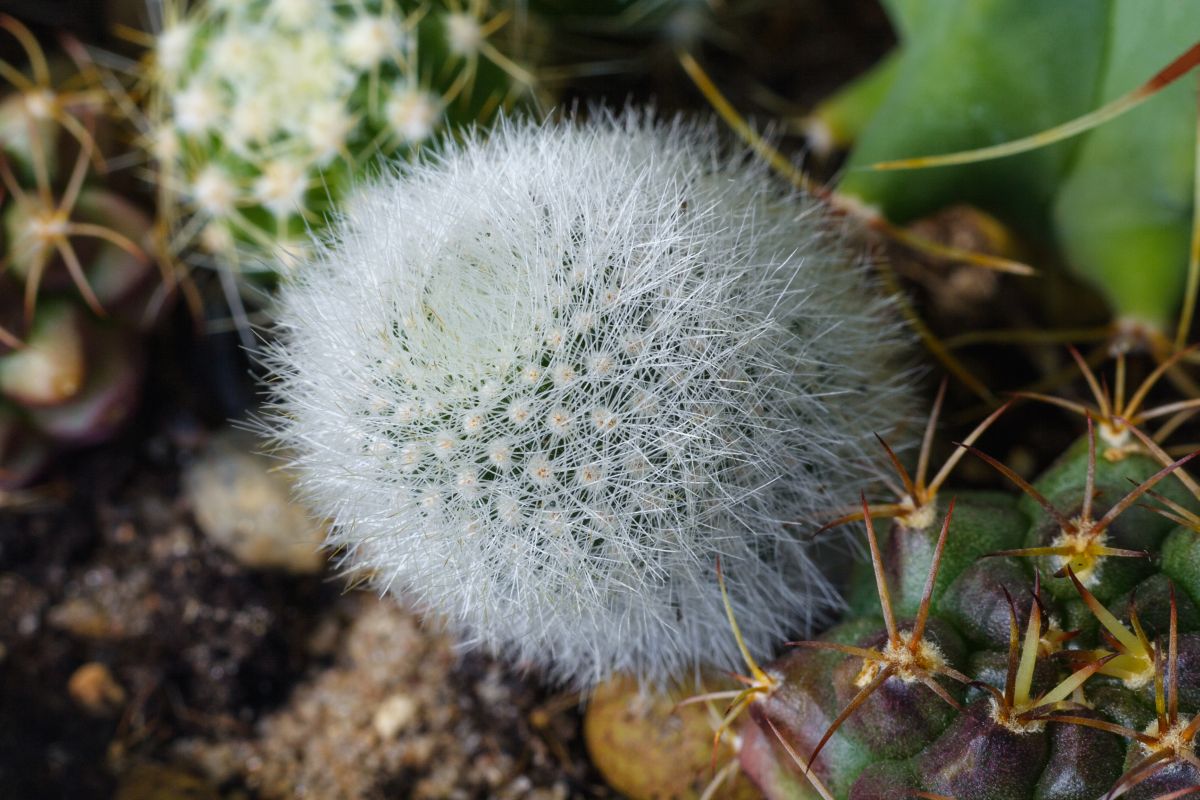
Allow your Crown cactus to go dormant in the winter to encourage more blooming in spring and summer. Place the plant in a cool room with a temperature between 40 and 50 degrees Fahrenheit ( 4 to 10 degrees Celsius). Do not water the plant during this time but mist the plant if the cactus begins to shrivel. Keep sunlight exposure to no more than eight hours per day. In early spring reintroduce regular waterings slowly and feed the plant with a liquid cactus fertilizer.
The Rebutia cactus is a staple in any cactus collection. With its easy propagation by seed or cuttings one plant can turn into many in just a few years. Its large, showy blooms make this a cactus worth having in any home.
Rebutia Cactus FAQ
Yes, most Rebutia cacti will grow well in USDA zones 9a and above. Outside sunlight needs range from full sun to partial shade, depending on your variety. Grow the cactus in a pot so it is easy to move it for better sun exposure if needed.
The decision to cluster or propagate new offsets depends on the appearance you prefer. Propagation of offsets lets you have several new Crown cactus but a mature plant with multiple offsets clustered around it makes a stunning visual effect during blooming.
Root rot is common with most cacti, including the Rebutia. Avoid overwatering your cactus to stave off rot. To correct root rot, remove the plant from its pot and carefully trim away dark or mushy roots. Repot in fresh soil and pour a mixture of one part 3 percent hydrogen peroxide and two parts water into the soil to kill off any remaining bacteria.
The Rebutia cactus stems reach a diameter of 2.5 inches ( 6.3 cm) and a height of 4 inches ( 10 cm) tall. When mature plants cluster their overall width is between 4 to 6 inches ( 10 to 15 cm).
Repot your cactus once it has outgrown its current pot. More room for offsets to grow and mature means more blooms. Winter is the best time to repot this cactus.

